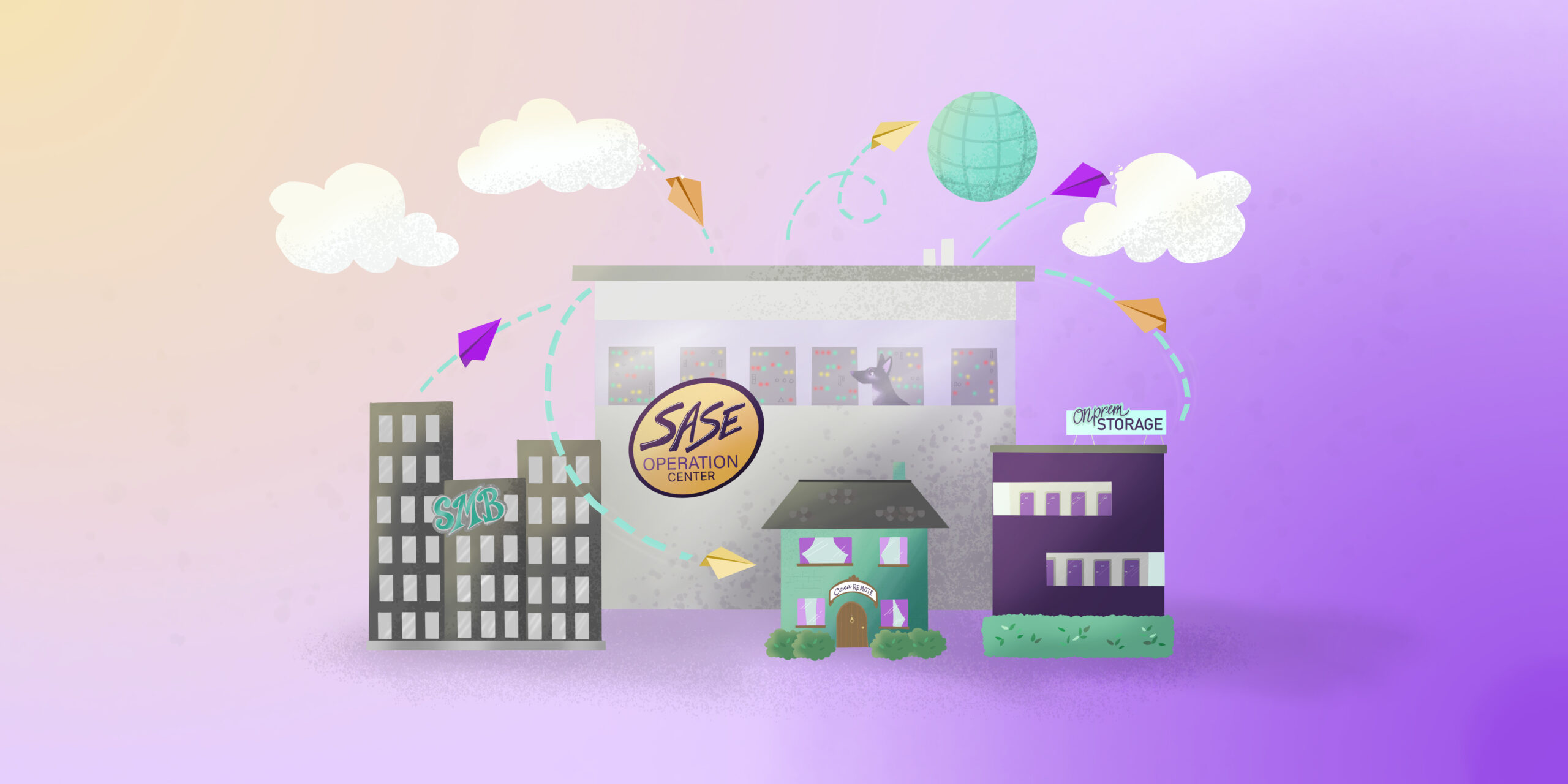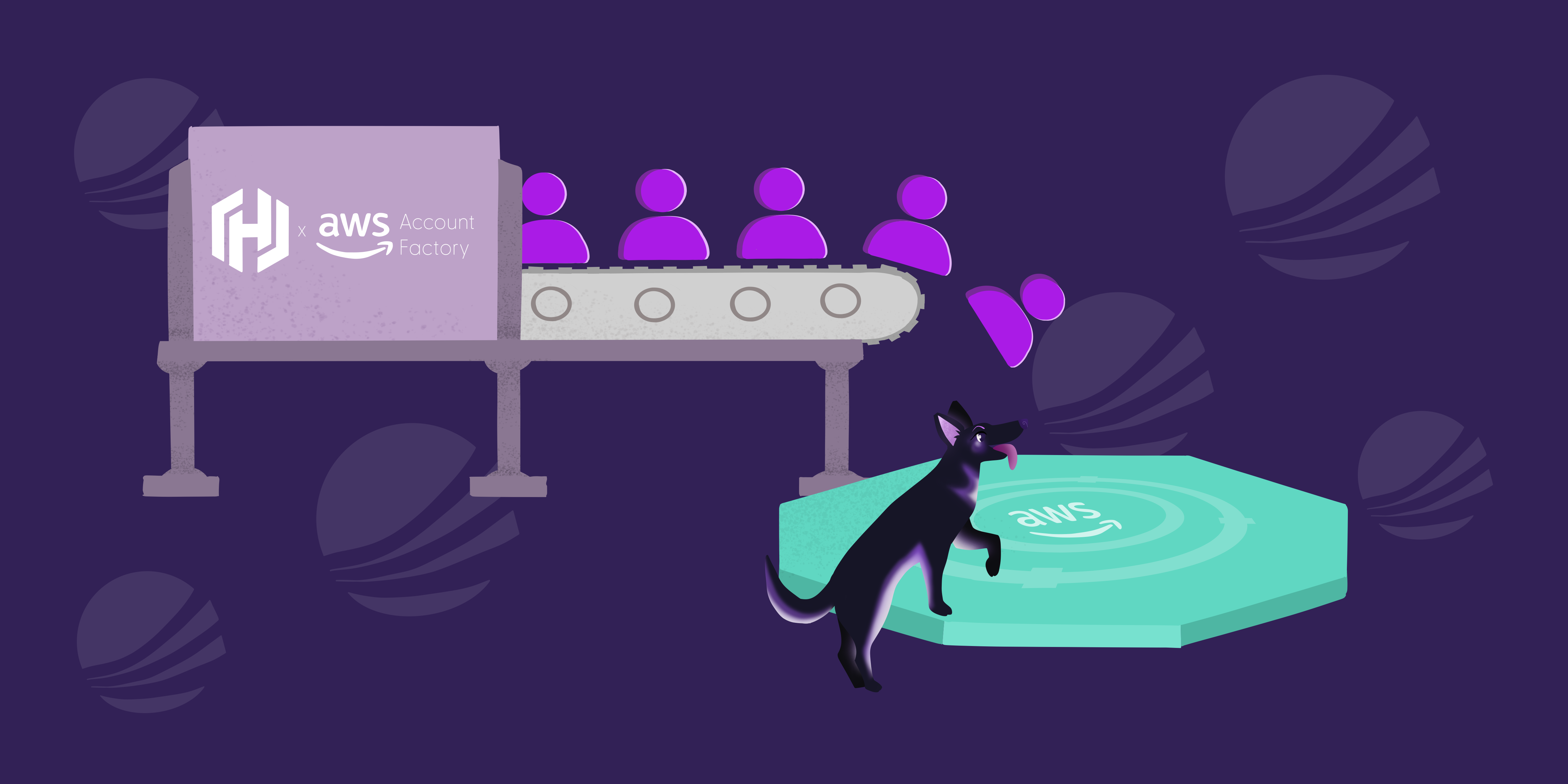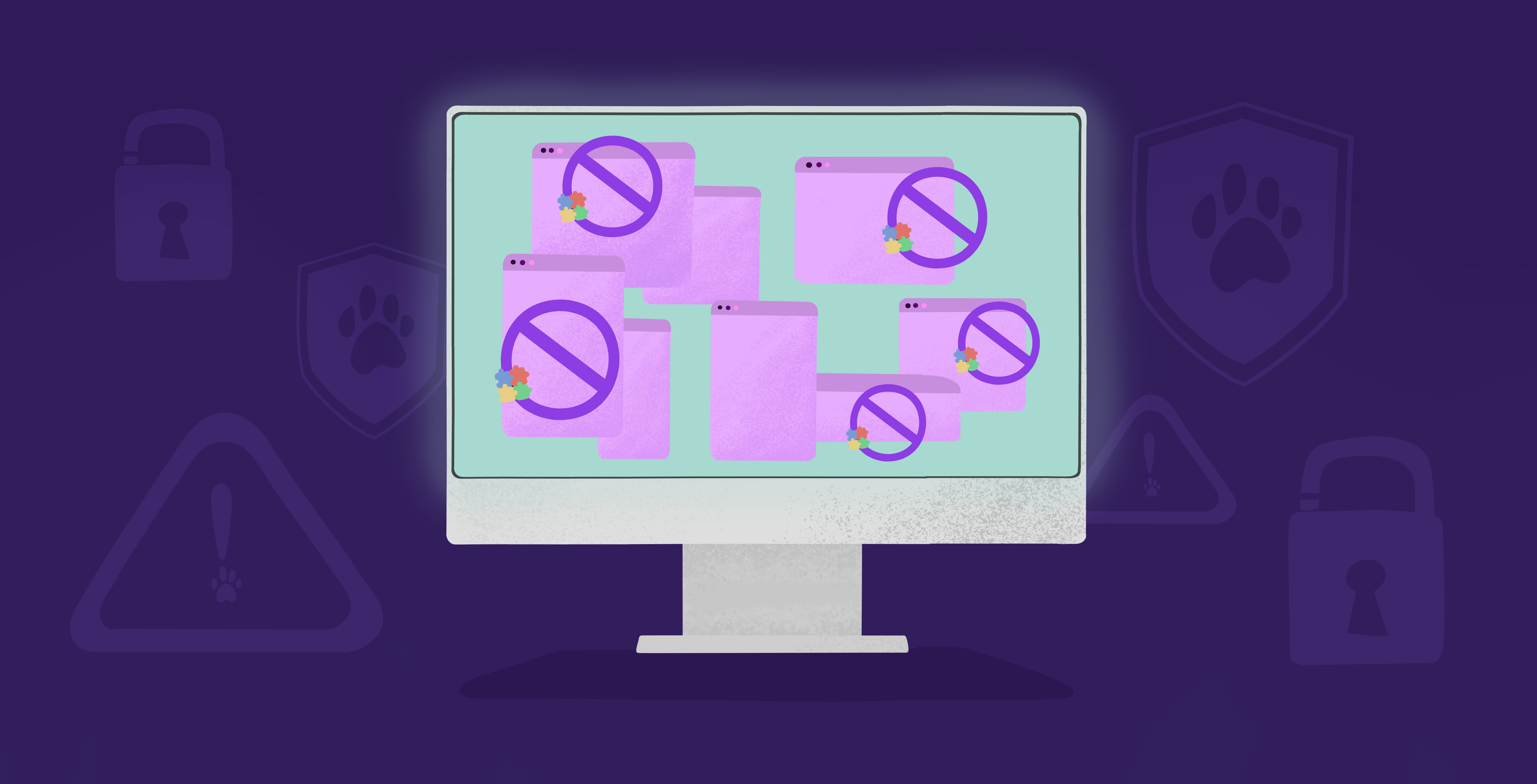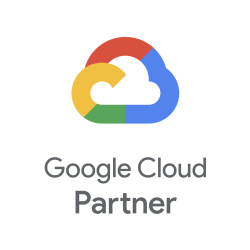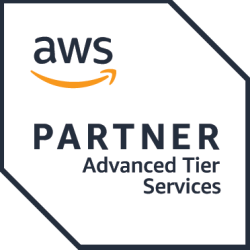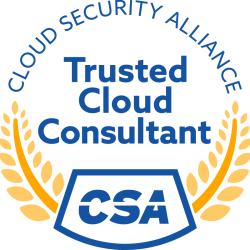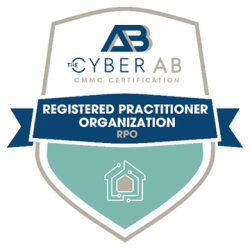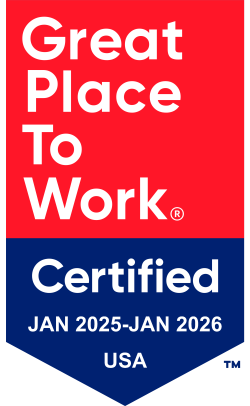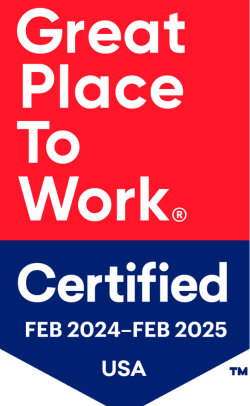What is SASE?
Secure Access Service Edge (SASE) is a “cloud architecture model that combines network and security-as-a-service functions together and delivers them as a single cloud service.” (Fortinet Cyberglossary) This solution allows hybrid organizations and their hybrid or remote workers to benefit from corporate security mechanisms anywhere they might be located, securely extending the network edge.
Why SASE?
Today, many organizations rely on cloud applications and infrastructure to conduct business, and doing so has created an environment where remote work can thrive. In the industry, we have long supported remote work and secure connectivity with VPNs, but they no longer provide the same security they once did. A VPN does not inherently provide security for SaaS (Software as a Service) applications, like Salesforce, Microsoft 365, and Google Workspace, that are distributed and accessible anywhere. A VPN also does not inherently provide the zero-trust connectivity necessary for accessing cloud environments and data centers.
Enter SASE. It covers several different services, usually <X>aaS, and provides secure access to all users, endpoints, and networks, regardless of location. SASE allows organizations to secure assets and data that are on-prem, in cloud infrastructure, or even in SaaS applications. To accomplish this, it combines the power of FWaaS (Firewall as a Service), SWG (Secure Web Gateway), ZTNA (Zero-trust Network Access), and a myriad of threat detection services ranging from EDR (Endpoint Detection and Response) to IPS/IDS (Intrusion Prevention/Detection System). The power of SASE resides in its ability to extend the same security policies and mechanisms to all endpoints, remote and on-prem.
SASE also benefits organizations by seamlessly integrating remote endpoints, reducing IT complexity and, thus, costs, reducing organizational IT risk, and providing a solution that scales as the business grows.
The Challenges of SASE
SASE provides an excellent solution for the many problems arising from the expanded attack surface, but it is not without its challenges.
We Can Help
One of those challenges is the time and cost of replacing legacy systems that don’t support the new SASE architecture. While the long-term cost-effectiveness of SASE will certainly benefit organizations, there will be an upfront cost for legacy systems that don’t support the new architecture.
Complexity of the Network and Security Infrastructure
For many organizations, the existing network and security infrastructure is complex and full of point solutions as a result of years of growth and change. These systems have often been painstakingly integrated with various orchestration and automation systems over the years. This new SASE architecture may require a redesign of the architecture or a reworking of the integrations that were built over the years.
Point Solutions
The struggle to integrate point solutions into a new SASE architecture presents a problem that hinders an organization’s realization of scalability and seamless integration with SASE. Interoperability and cohesive integration are required for SASE to work correctly, which can lead to headaches when transitioning to a SASE architecture.
Single-Vendor Unified SASE
So, how can an organization truly realize the benefits of SASE for a hybrid and remote workforce? By implementing a single-vendor SASE approach like FortiSASE. Fortinet’s Unified SASE approach is a comprehensive Cloud-centric SASE solution to secure the hybrid and remote workforce with the same underlying OS, AI-powered services, unified agent, management, and experience monitoring. Unified SASE secures all users, devices, and edges, including micro-branches, for the best flexibility for organizations with disparate architectures and requirements. Unified SASE includes a high-performance and scalable Cloud network and best-in-class components such as Security Service Edge (SSE), Universal ZTNA, a Unified agent, Secure SD-WAN, and Digital Experience Monitoring. Fortinet Unified SASE ensures the utmost security for all users everywhere, whether they’re accessing the web, corporate applications, or SaaS applications.
Zero Trust Mindset
FortiSASE applies ZTNA at scale and at large. Zero-Trust means a few different things:
- Network access is only granted after the user’s identity is authenticated and authorized.
- The principle of least privilege is applied to all users, limiting network access to only those resources and applications necessary to accomplish work tasks.
- Access and authorization are continuously monitored and adjusted in near-real-time based on device and user context, not just identity.
Zero Trust Mindset
FortiSASE consists of several cloud-delivered security services, including CASB/DLP (Cloud Access Security Broker/Data Loss Prevention), SWG, ZTNA, and FWaaS. These services all operate on a single OS. They are part of the Fortinet Security Fabric, which provides tight integration between Fortinet offerings (as well as integration of many third-party systems) and a unified management interface. FortiSASE allows for Secure SaaS Access, Secure Internet Access, and Secure Private Access to cloud and on-prem infrastructure.
By integrating these cloud-delivered services with FortiGates, SD-WAN solutions, and Fortinet’s endpoint FortiClient, office and remote workers can securely access organization resources and applications that live anywhere, from anywhere.
Key FortiSASE Benefits
- FortiOS Powered Convergence: Simplifies Operations
- AI/ML Driven FortiGuard Security
- Unified FortiClient Agent
- Full Security Stack Per PoP (Point of Presence)
In Conclusion
Whether you’re a small or medium business or a large enterprise, SASE provides scalable security all the way to the edge of your network, both on-prem and remote. This reduces your exposed attack surface and reliance on legacy systems like VPN that require trusting remote networks and endpoints. FortiSASE provides a Unified SASE experience that scales with you as you grow, and it gives you peace of mind that your workforce and data are secure no matter where they are.
